Every dog is different, and so is every dog owner. Some breeds are known to have a temperament that makes them more stubborn than others and, therefore, a little bit naughtier. The most badly behaved dog breeds have a reputation that supersedes them. That’s not to say that every dog within the breeds on our list is doomed to be mischievous, but there is a higher chance if they fall in with their breed’s stereotypes.
Owning one of these breeds is a responsibility and a journey. Beneath their rambunctiousness, they also possess a deep loyalty and affection for their families. Their energetic nature can translate into being excellent protectors and playful companions. Each day with them is unpredictable, filled with fun and challenges, yet they are loved nonetheless.
Are you up for the challenge? We have crafted this list of the most badly-behaved dog breeds based on which breeds were mentioned most by 10 experts. Which doggie will you be taking home? Let us know in the comments!
7 Badly-Behaved Dog Breeds That Need a Little Extra TLC
1. Alaskan Malamute
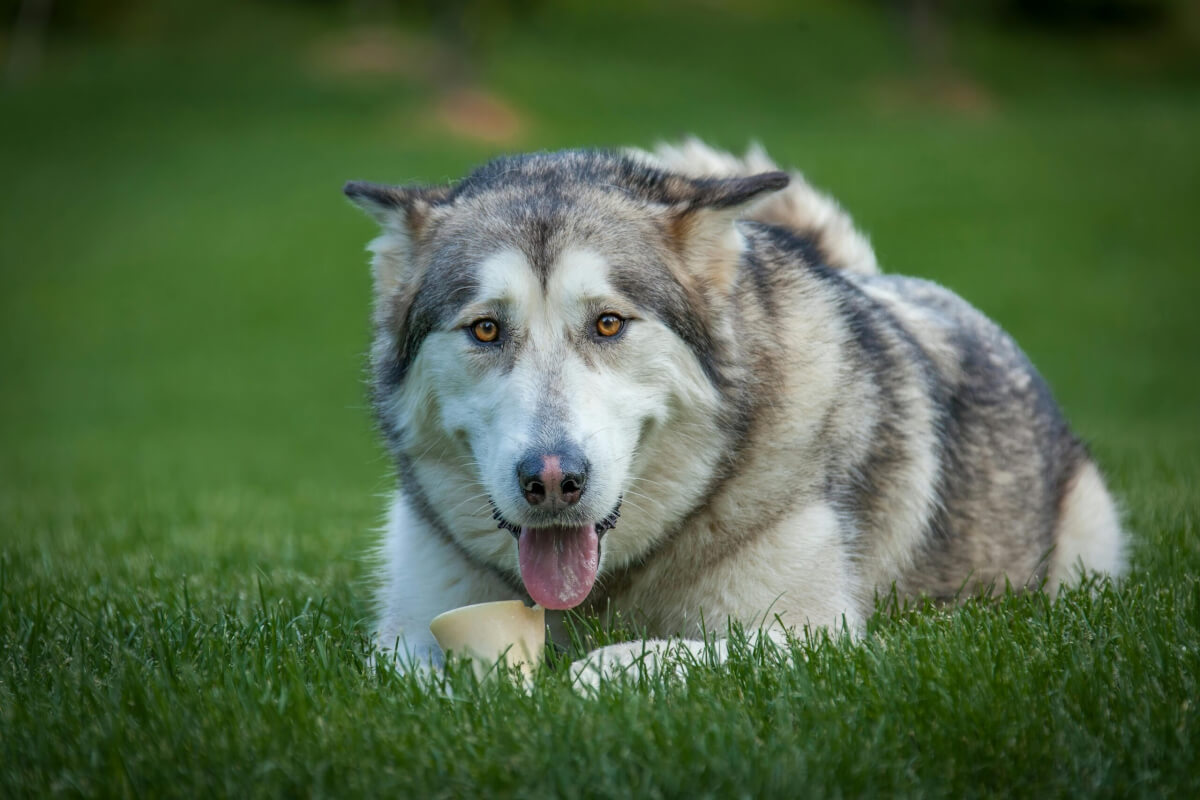
Number one on the list of most badly behaved dog breeds is the Alaskan Malamute. Beginner dog owners may want to go with a different breed as their first pup. While Alaskan Malamutes captivate with their majestic looks and independent spirit, don’t be fooled. These powerful pups pack a wallop of challenges under their fluffy coat. Think escape artist extraordinaire paired with a stubborn streak wider than the Yukon River. They require experienced owners, a firm hand, and a deep commitment to exercise and training. Forget about them being your first furry friend – Malamutes demand strong leadership and can easily overpower a rookie pet parent.
Beware their insatiable urge to explore, because your perfectly fenced yard is just a playground for their Houdini-like talents. With that being said, you definitely will want a fenced in yard with these flight risks on your hand. Daily walks and endless playtime are non-negotiables, or they’ll happily invent their own fun, often involving chewed sofas and cratered gardens. And forget introducing them to the local cat population – their strong prey drive makes them less than cuddly with smaller animals. Even canine companionship can be tricky, especially with same-sex pups.
But here’s the flip side: with unwavering dedication and proper training, these majestic escape artists can be incredible companions. Their independent spirit translates to unwavering loyalty, and their playful nature brings infectious joy. Just be sure to invest in a high-quality leash and a good therapist… you’ll likely need both on your Malamute adventure.
2. Chow Chow
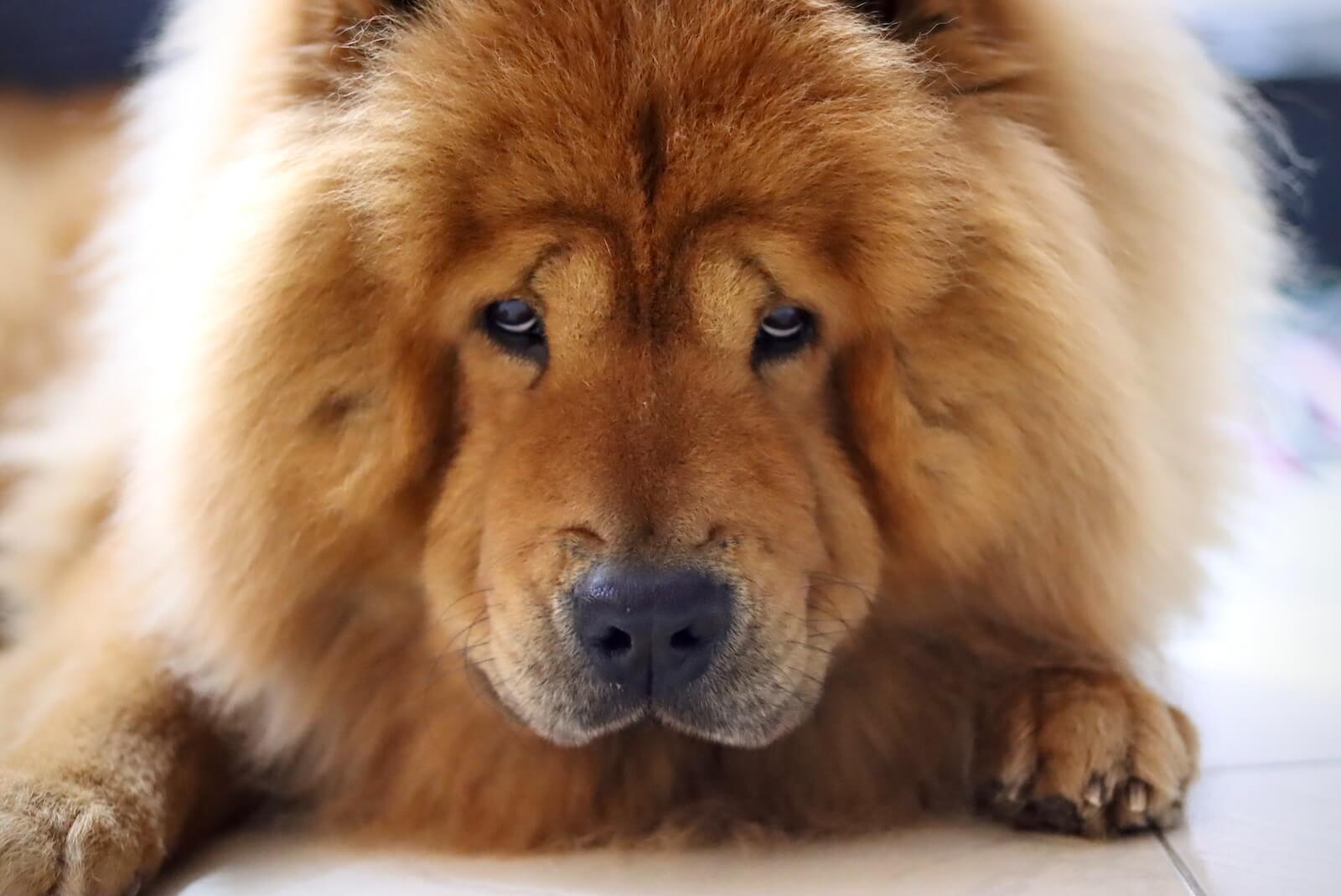
The Chow Chow’s teddy bear looks are enough to melt anyone’s heart. Those big, fluffy cheeks and soulful eyes could turn even the most dedicated cat person into a canine convert. But before you rush out to adopt this “wow”-inducing pup, be prepared for a potentially challenging furry friend.
Independent with an “I-did-it-my-way” attitude, Chow Chows are notorious for their stubborn streak. Training them can feel like wrangling a particularly opinionated toddler, and if you don’t start early and use consistent, positive reinforcement, you might end up with a pup who gleefully disobeys your every command. Just think: adorable defiance with a side of playful sass.
These fluffy guardians take their territorial instincts seriously. Their home is their castle, and they’ll readily sound the alarm (with a loud and impressive bark) at the slightest hint of a stranger. Early socialization is crucial to avoid this protectiveness tipping over into aggression. Think twice before welcoming a timid mail carrier or introducing your Chow Chow to the neighborhood chihuahua.
Chow Chows are not your average couch potatoes. These pups were bred for pulling sleds, hunting, and guarding livestock, so they have boundless energy and a strong “need to do something” spirit. If you don’t provide them with plenty of exercise and mental stimulation, they’ll find their own ways to entertain themselves, which might involve redecorating your living room with chew marks or digging a personal tunnel network in your backyard.
Owning a Chow Chow is a rewarding experience, but it’s definitely not for everyone. If you’re a first-time dog owner looking for a laid-back lapdog, this might not be the breed for you. However, if you’re an experienced owner with a sense of humor, boundless patience, and a commitment to training, a Chow Chow can be a loyal and loving companion. Just remember, this is a breed that marches to the beat of its own drum (or, more accurately, chases its own fluffy tail). Embrace their quirks, provide them with the structure they need, and you’ll be rewarded with a truly unique and unforgettable furry friend.
3. Border Collie
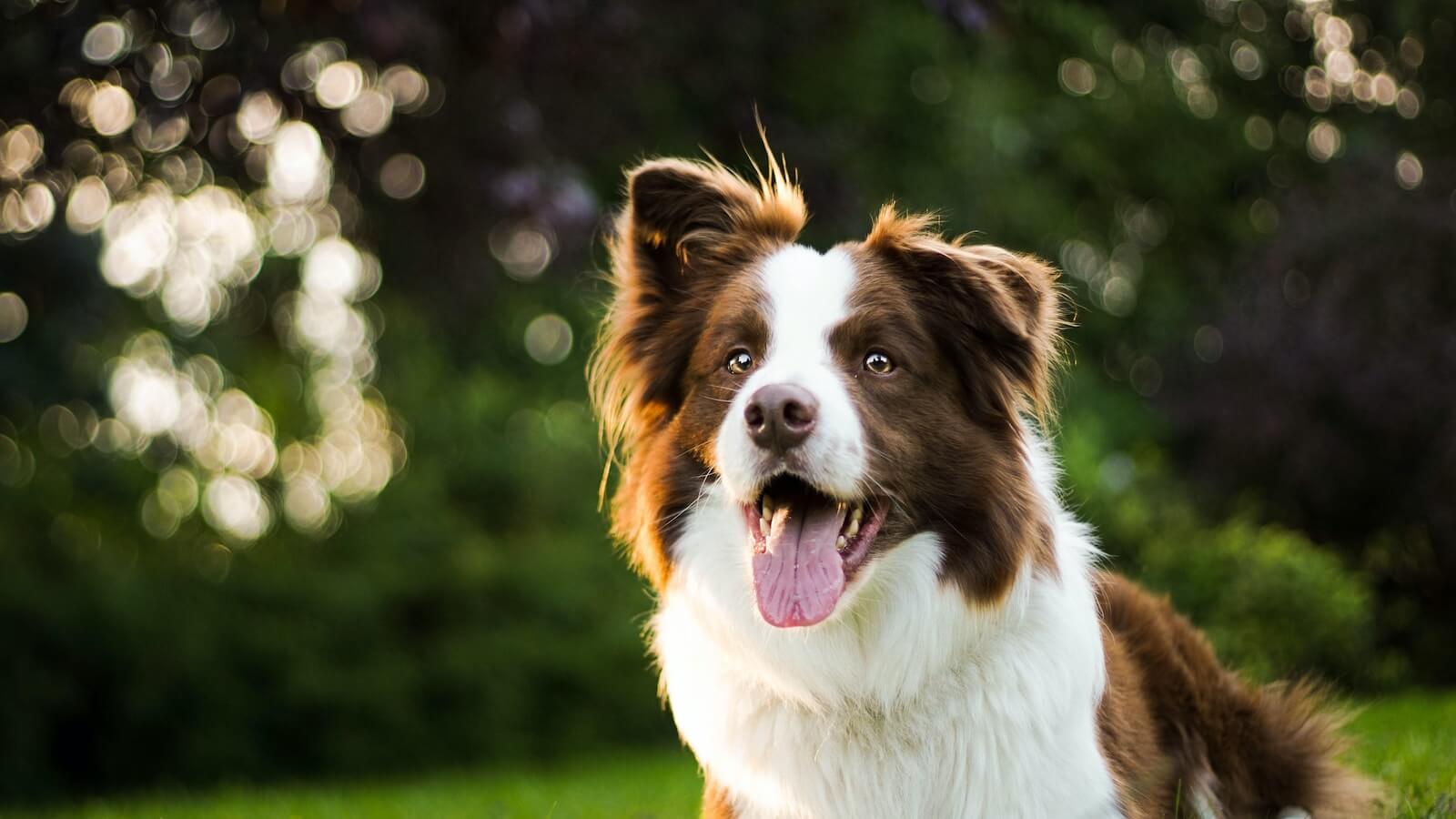
Border Collies are often hailed as the most intelligent dog breed, but with great intellect comes great responsibility. These pups are not for the faint of heart, as they require an almost unmatched level of mental stimulation and physical exercise.
While Border Collies are incredibly loving and adaptable dogs, they’re not the ideal breed for everyone. If you’re a first-time dog owner or lead a sedentary lifestyle, you might struggle to keep up with their demands. Consider breeds with lower energy levels and less intense needs if you’re not sure you can commit to a Border Collie’s lifestyle.
Owning a Border Collie can be a rewarding experience, but it’s important to be realistic about their needs. If you can provide them with the mental and physical stimulation they crave, you’ll be rewarded with a loyal, intelligent, and endlessly entertaining companion. Just remember, these pups are like Olympic athletes of the dog world – they need a training regimen and workout schedule to match!
Additional Tips:
- Start training early and use positive reinforcement methods.
- Provide plenty of opportunities for mental stimulation, such as agility courses, obedience training, and interactive toys.
- Make sure your Border Collie gets at least two hours of exercise per day.
- Socialize your Border Collie from a young age to help them avoid herding behaviors towards other people and animals.
With the right commitment and dedication, you and your Border Collie can have a happy and fulfilling life together. Just be prepared for a whirlwind of fur, fun, and endless energy!
4. Akita
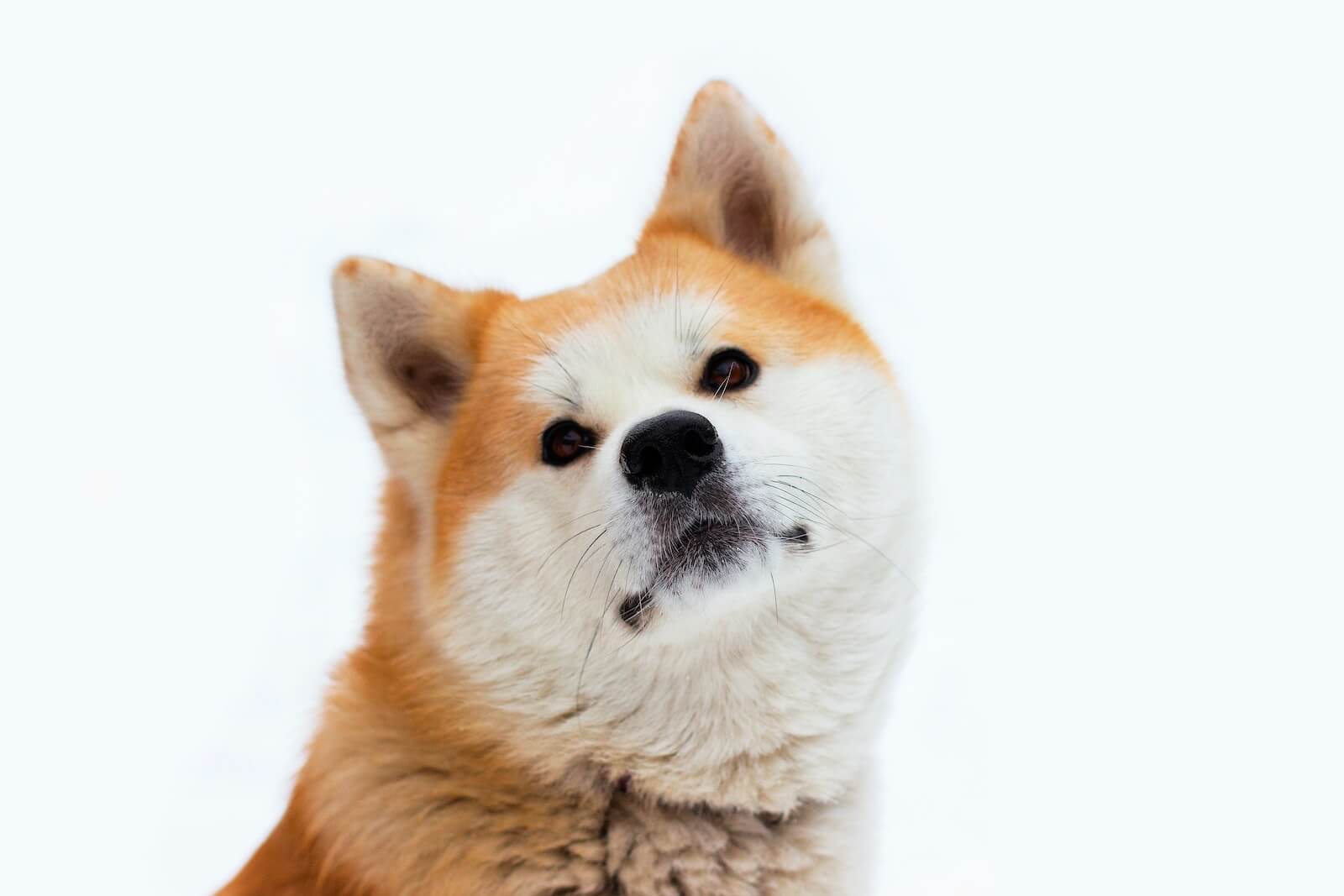
The Akita’s stunning looks may melt your heart with their fluffy coat and charmingly curled tail. But beneath this regal exterior lies a hidden truth: owning an Akita is no walk in the park.
Imagine a powerful pup, with 80-130 pounds of muscle easily overshadowing even the most experienced dog owner. These silent hunters, bred for bear hunting, come equipped with a strong prey drive and might not readily accept tiny housemates. Akitas are a study in contradictions: loyal and loving one moment, moody and independent the next. Their stubborn streak requires patient and consistent training to navigate the dramatic mood swings that can lead to aggression.
Their territorial instincts are no joke, making them wary of other dogs and demanding extensive socialization to curb their protective tendencies. Don’t let their cuddly teddy bear looks fool you – these high-energy pups need at least 1-2 hours of daily exercise to prevent destructive behaviors.
Owning an Akita is a marathon, not a sprint. It’s a commitment to an experienced owner who can handle their strength, independence, and potential for aggression. Only with dedication and skill can you unlock the true joys of this magnificent breed. So, before you succumb to the Akita’s alluring charm, remember: beauty often comes with bite.
5. Rottweiler
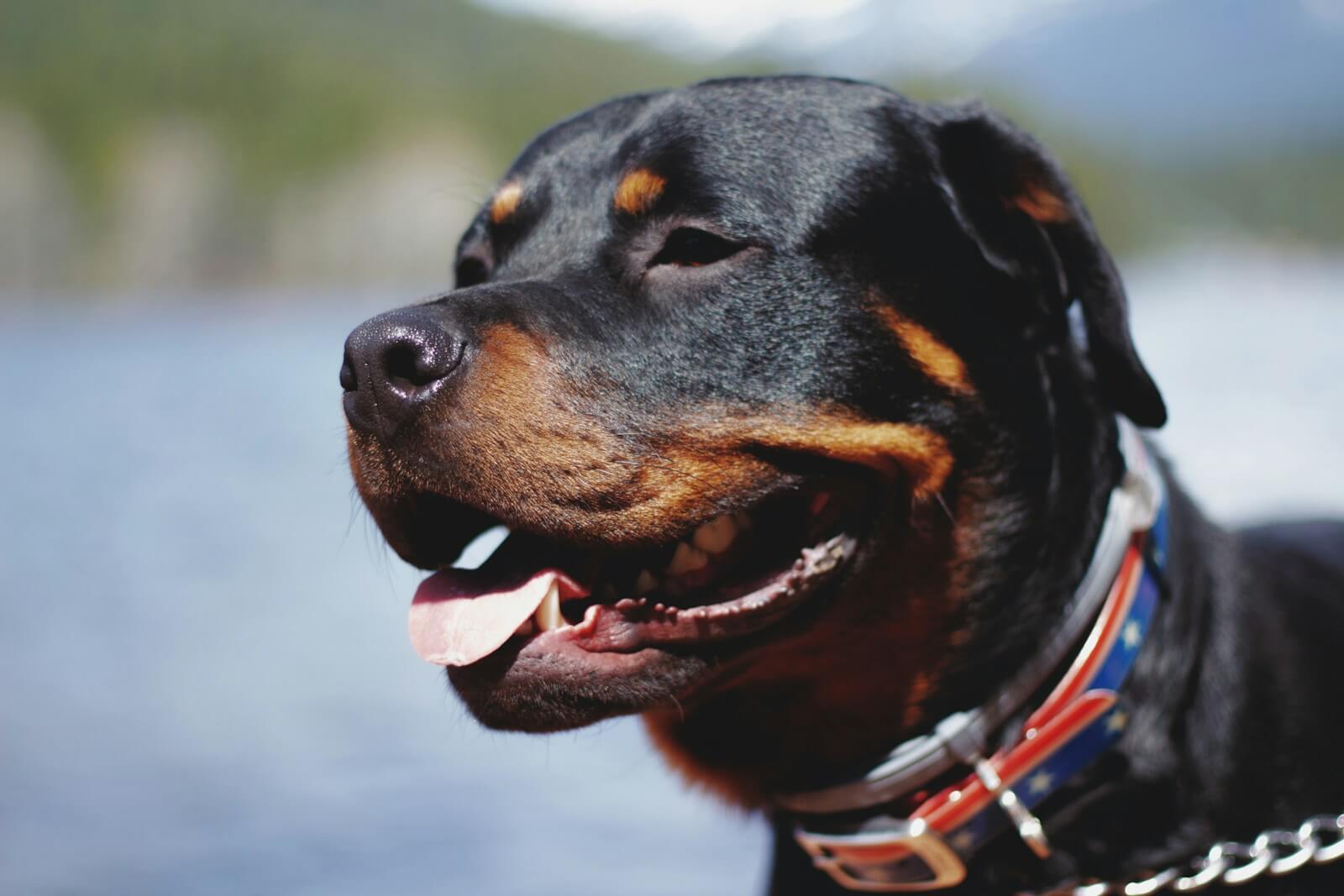
The Rottweiler’s intelligence and devotion are undeniable, but their impressive size and independent spirit make them a demanding companion for experienced owners only. Think powerful pup with a big heart, bred to herd cattle and guard homes.
Their impressive physique requires a confident leader with firm handling skills. First-time owners beware – these pups are not pushovers.
Consistent, positive training from puppyhood is crucial to manage their independent streak and prevent aggression. Their fierce loyalty can manifest as protectiveness, leading to potential issues with strangers or other dogs if not properly socialized.
Don’t be fooled by their intimidating exterior. With the right care and guidance, Rottweilers are incredibly affectionate. But their love comes with a hefty price tag: early socialization, consistent training, and ample exercise are non-negotiables.
Think you can handle the challenge? Owning a Rottweiler is a commitment to providing structure, training, and exercise to channel their energy and manage their protective instincts. Only then can you unlock their loyal and loving nature. Remember, a Rottweiler is a powerful friend, not a casual companion. Choose wisely and invest in professional training if needed, for a happy and fulfilling life together.
6. Weimaraner
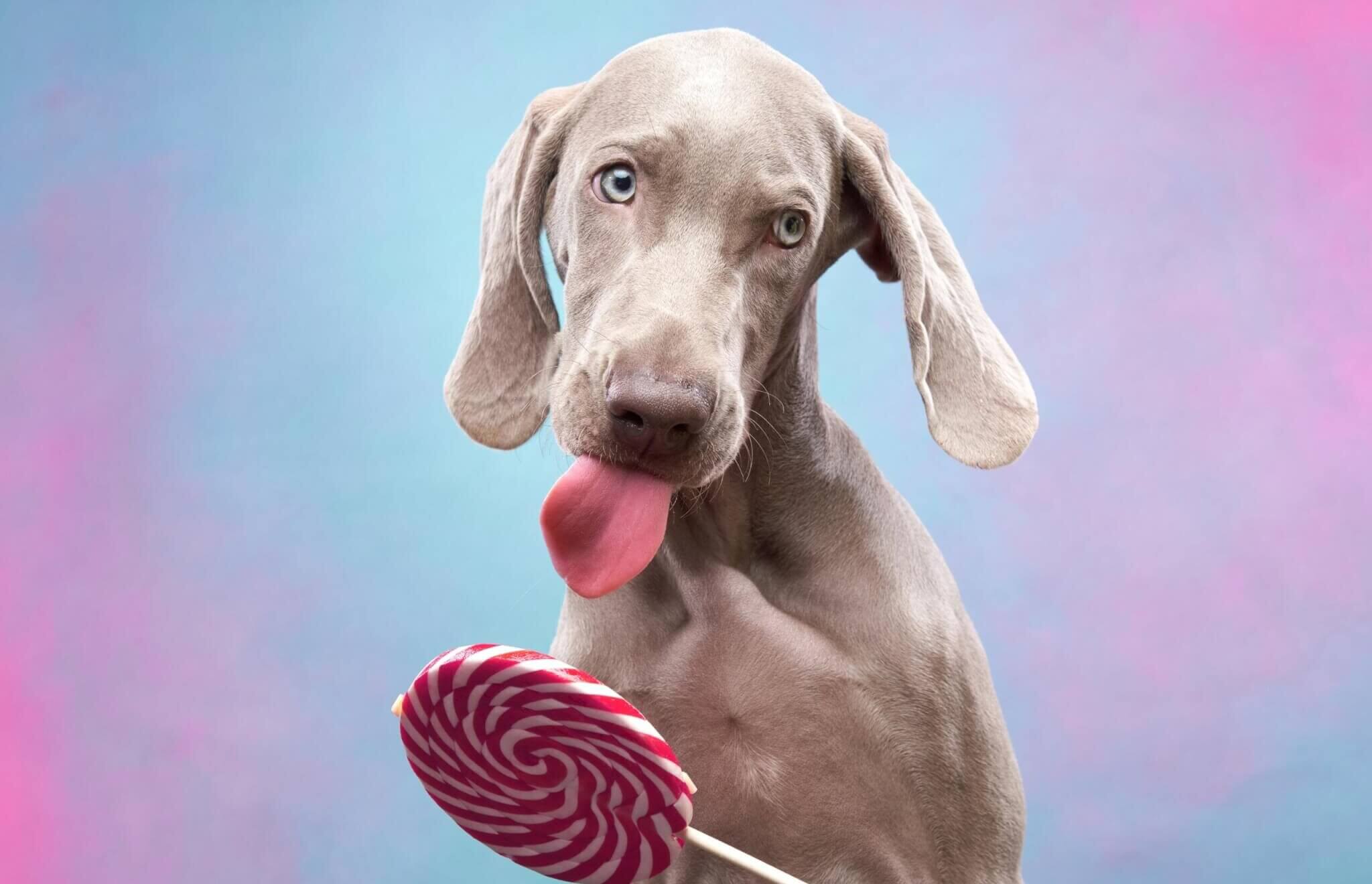
The Weimaraner’s captivating beauty with their sleek silver coat and piercing blue eyes might tempt anyone, but beware of the demanding spirit hidden beneath. This high-octane hunting breed is not for the faint of heart.
Weimaraners need a minimum of two hours of daily exercise and mental stimulation. Long walks, runs, and interactive games are your new best friends, or prepare for chewed furniture and shredded curtains. Their sharp minds come with a stubborn streak, making training a dance of patience and positive reinforcement. Only experienced owners can handle their independent spirits.
Separation anxiety is their Achilles heel. Be prepared for howling, barking, and general mayhem if left alone for long. Early socialization and a consistent routine are crucial to keep them calm and content. And forget about carefree romps off-leash. These 35 mph speed demons with their hunter instincts will be gone in a flash if given the chance.
But for the right owner, the rewards are boundless. Loyal, athletic, and intelligent, Weimaraners can be fantastic companions. Just be prepared to invest in training, provide ample exercise, and create a consistent routine. Their mischievous streak and potential for destructive behaviors thrive on boredom and neglect.
Owning a Weimaraner is a commitment, not a casual fling. So, if you have the experience, dedication, and active lifestyle to match their fire, you’ll be rewarded with a truly amazing friend. Just remember, unlocking their potential takes work, but the love and companionship you receive in return is worth every drop of sweat (and chewed slipper).
7. Siberian Husky
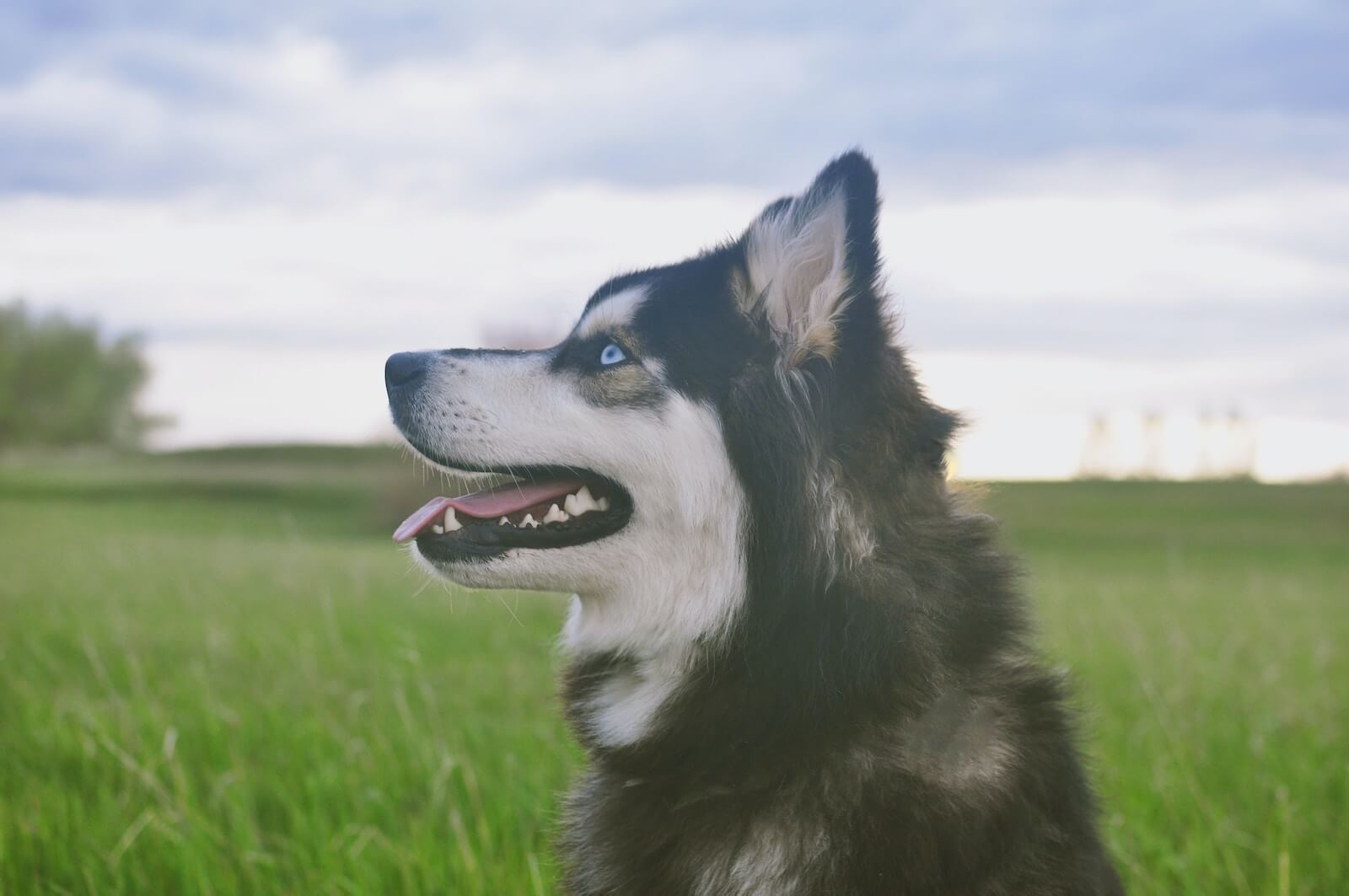
The Siberian Husky’s captivating beauty – with their fluffy coats and graceful movements – might tempt anyone, but don’t be fooled. These endurance marvels, bred for arctic sledding, are not couch potatoes.
Forget one walk a day – these pups need at least two hours of intense exercise and mental stimulation daily. Otherwise, boredom breeds destruction: shredded curtains, excavated gardens, you name it. Their escape artist tendencies are legendary, requiring secure fences and watchful eyes – let them off-leash at your own peril.
Their strong prey drive makes them less-than-ideal housemates for cats or other fluffy friends. And don’t expect instant obedience: their independent streak means off-leash walks are a no-go, even in seemingly safe areas.
The Husky challenge isn’t just about their looks. It’s about commitment. For experienced owners with active lifestyles who can provide consistent training, endless play, and secure enclosures, these pups are amazing companions. But boredom and lack of structure are disaster recipes.
Embrace their adventurous spirit and boundless energy, invest in training, and create a safe haven. But for those who dedicate themselves, the reward is a loyal, playful, and unforgettable friend.
Understanding Your Dog
Dogs have their own way of thinking. Understanding how your dog perceives the world can improve communication between you and your pup, making it easier to improve any stubborn behavior habits you’d like to change. Keep in mind that different breeds have different needs and temperaments. Understanding your dog’s breed can help you tailor your training and care.
Here are some tips to consider when it comes to trying to make your dog better behaved.
Basic Training
- Obedience Training: Start with basic commands like sit, stay, come, and down. Consistency is key.
- Socialization: Expose your dog to different people, animals, and environments to promote well-adjusted behavior.
- Positive Reinforcement: Reward good behavior with treats, praise, or play. Avoid negative reinforcement which can lead to fear or aggression.
Advanced Training Techniques
- Clicker Training is a popular method that uses a sound (a click) to mark desired behavior, followed by a reward.
- Crate Training teaches dogs to be calm and secure in a crate. It’s useful for house training and when traveling, but some people struggle seeing their pet locked in a cage, even if it’s content.
- Leash Training goes beyond just walking on a leash. Training your dog to walk without pulling is a fantastic habit that will go a long way for you and your dog when out and about.
Behavioral Issues
- Chewing and Destructive Behavior: Provide appropriate chew toys and keep valuables out of reach. Understand the cause (boredom, anxiety).
- Barking: Teach a ‘quiet’ command. Understand why your dog barks – attention, alarm, boredom, or response to other dogs.
- Aggression: Consult a professional trainer or behaviorist. Never punish aggressive behavior, as it can escalate the problem.
Health and Wellness
- Regular Exercise is essential for dogs just like it’s essential for humans. Adequate exercise is crucial for physical and mental health. Tailor activities to your dog’s age and health.
- Balanced Diet: A healthy diet also affects behavior. Consult your vet for dietary advice and make sure the food you’re giving your pup is best for its age, size, and breed.
- Regular Vet Check-ups: Health issues can affect behavior. Regular check-ups can catch problems early.
Consistency and Patience
- Create routines. Dogs thrive on routine. Consistent feeding, walking, and training schedules create a sense of security.
- Patience is key. Behavior change takes time. Be patient and celebrate small victories.
Remember, each dog is unique, and what works for one may not work for another. Consult your vet or a professional trainer if you’re truly struggling to keep your dog’s behavior under control.
You might also be interested in:
- The World’s Smallest Dog Breeds
- Most Destructive Dog Breeds
- Least Obedient Dog Breeds
- Most Trainable Dog Breeds
- Best Guard Dogs
- Best Dogs For Seniors
- Best Electric Dog Fences
Note: This article was not paid for nor sponsored. StudyFinds is not connected to nor partnered with any of the brands mentioned and receives no compensation for its recommendations. This article may contain affiliate links in which we receive a commission if you make a purchase.

I grew up with a Chow, receiving a 6 week old puppy for my 2nd birthday. She was very protective of me, but never bit or growled at me. As a child, it was my responsibility to train her, if I wanted her to do something. She would sit, roll over, play dead, and shake hands. Not bad for a child.
Explain to me the term” first time dog owner”.
I think I was a first time dog owner when I was about 2 years old. My parents had a bulldog that was like a mother to me. I grew up with dogs and my parents had wire hair fox terriers later in my youth.
If you wake up some morning decided you should become a ” first time dog owner” you should reconsider and rather buy a gold fish and see if you can look after it.
There is no such thing as Badly behaved dogs, there is just Badly behaved owners. Your dog behaves in the manner that you forced him to. Dogs are people pleasers. The love to get their owners to laugh. That
tail wagging, bundle of joy that loves your attention at all times.
People that buy a dog and tie it to a tree and tease them to get them vicious to be a “good watch dog” and tomorrow they complain how it attacks them. They should tie them to a tree and see if they become loving human brings.
I had a Border Collie, the one dog that will keep you on your toes. They ask to play with them in exchange of full blown love and adoration. They will adapt to the household in a matter of days and become the one that you can talk to at anytime. They love to go on hikes and explore the wilderness with their owners.
You are either a dog owner for life or not.
I agree that the owners are the reason for any problems that they are having with their dogs. One of the issues is due to the fact that all the breeds listed are either working or sporting dogs. Just because owners make these house dogs does not take away the DNA for which these dogs were designed to do. All of them need a JOB. Also picking out the right puppy for your lifestyle.
I own a GSD/Lab/Husky mix that I adopted from a local shelter. He was 8 to 9 months old. The very first thing I did was treadmill train him to control his puppy energy so he can concentrate on obedience training. He is now 4 years old. Loves running on his treadmill. His job? He is my Service Dog.
This article is bs and extremely poorly written. Congratulations on perpetuating breed biased and not placing the blame where it belongs. On humans. Shame on you! You should be embarrassed.
In the gentle list, You forgot the English Setter, they are gentle sweet and velcrow dogs. They will be best buddy you have
These breeds are either heavily coated or large. People/Owners are the determining factor for behavior in most cases. I am aggravated when too warm or not getting my exercise. Equate that to a canine. Don’t invest in a breed if the climate doesn’t suit and you can’t work their muscles!
There are only bad owners, not the dogs fault!
Whoever compiled this article failed to mention the number one problem dogs are Pit Bulls. They are responsible for killing more people annually than any dog breed in the U.S. not to mention number one for nonfatal attacks as well.
Terry, respectfully and with peace and love, your are a DUMBASS.
As I lay here in bed with my half pittie curled up against me cuddling, and she just got done licking the cat.
Totally agree Hana! Bad dogs are usually due to bad owners. With proper training and environment, pits can be sweet and loyal. Likewise, I have seen many breeds with poor training and environment be aggressive. I have worked as a groomer, trainer and kennel tech for many years and have many friends in the business.
I’ve never had a pitbull, but I understand that if properly trained and cared for and given love, instead of cruelty, they can be wonderful pets. They can be great with children. However, I would never leave any dog alone with a small child. It’s not fair to either dog or child and somebody may end up getting hurt. I don’t think pit bulls are bad. I think human beings probably are.
That’s exactly what I was looking for, too.
What an uneducated comment. Pit Bulls include many breeds, hence the skewed statistics. Stats compare smaller groups of decisive breeds to a huge variety of dogs…all dogs have bitten in the wrong circumstances. They are very easy dogs in the correct circumstances and are accurately omitted from this list.
People like you are why this breed is very misunderstood. They are loyal loving and even goofy. Blame the owner not the breed. Get your facts straight. Nana always had a saying “it is better to be thought a fool than to open your mouth and remove all doubt” I feel it applies here because your comment is foolish and makes you look like a ignorant fool. Ignorant in the sense of unknowing not stupid. I say all this in the nicest way possible 🙂
If you don’t buy a dog for the purpose in which it was bred for OR you don’t give them a job (which most of the dogs in this article are working/herding breeds) then of course they won’t be very well behaved. These breeds along with so many others require tremendous mental and physical stimulation and once they jave that along with proper training, you’ll have the nost well behaved dog.Whoever wrote this article should have educated themselves before writing this.
Your repeated emphasis on positive training is, in my opinion, a joke. It ignores basic animal behavioral psychology. No animal of any kind in its natural environment has only positive reinforcement. Negative reinforcement is absolutely necessary to counterbalance or training will be long and arduous.
I have always had dogs for over 50 years and recently I was given a husky. This breed is absolutely different from most. She did not handle negative reinforcement training well AT ALL. I’ve learned how to train her with positive techniques and have been very successful.
Why are there so many people claiming Malamutes can’t have blue eyes? Of course they can, it’s just not considered desirable for show.
Training is key for every dog of every breed. I don’t care if you have one of several “misunderstood” breeds that lead the pack in bite records or “just a little guy who can’t do much damage anyway” – they all need to be trained and they all need to keep on leashes for their own safety and the safety and comfort of other people and animals around you when you’re out in public. Just be responsible and do what’s right with your animal. It’s not that hard.
Your article did not include the Kuvasz, as it likely should have. That is the breed that we have, and most of our dogs have been far more challenging than my man’s Rottweiler!!! Kuvasz are independent thinkers, belonging to the livestock guardian class – yet, as being a multi-purpose herder/hunter/guardian for the past 6000+ years they can be a challenge, regardless of what job you give them!
Huskies are heathens, and should have been top of your list! When we still lived in what I call rural suburbia (we had an acre, some neighbours more, others less – it was the country, except not), we had all manner of neighbourhood dogs venture onto our property on various occasions over the decade we were there. The ONLY ones that literally BROKE INTO either my chicken coop or the run were the three husky/husky crosses, and they did as much damage as a mink does!!! Huskies weren’t just bred to pull sleds, they were also expected to hunt their own food and even bring something back for their driver! Beautiful dogs, lovely personalities, but outside of the Arctic wilderness they 100% need to be contained and/or monitored, otherwise they are a menace.
I have always had dogs for over 50 years and recently I was given a husky. This breed is absolutely different from most. She did not handle negative reinforcement training well AT ALL. I’ve learned how to train her with positive techniques and have been very successful.
Where do children rank in the top 20 badly behaved?
Agreed. Because of bad behavior of children, my Chow had to be put down.
My son had a near miss attack from a neighbors Chow. There was around 200 yards distance between them, my son was playing in the yard.
He was running around as children do under the supervision of his grandfather. Suddenly out of the corner of his eye he sees the Chow charging at full speed toward my son. He ran às fast as he could to divert and prevented the attack. He fortunately ran the Chow away. Afterwards he talked with neighbors and the owners. They made changes to how they contained the Chow in the yard.
Just to say that pitbulls are not aggressive to humans unless they’ve been trained to be by their humans and they do usually attack other dogs of the same sex. Pitbulls are the most lovable pets. Obviously you’ve never owned any or you all wouldn’t think that they are horrible dogs. Bc they are more bad humans than BAD pitbulls .
OWN ONE AND YOULL CHANGE YOUR MIND ABOUT THESE FURBABIES.
THEYRE GREAT PETS.
They are wonderful pets. Big babies is more like it. I’m training mine to be a service animal.
Who makes this crap up. Dog owners are responsible for any and all actions. Just like raising children! This writer definitely needs a better job!
I wish people who are afraid of Pitts would actually get to know them. Pit Bulls include many breeds, hence the skewed statistics. Stats compare smaller groups of decisive breeds to a huge variety of dogs…all dogs have bitten in the wrong circumstances. They are very easy dogs in the correct circumstances and are accurately omitted from this list.
My Pitt used to protect me from myself as well as making bad choices. She was my baby girl for fourteen years. I raised her with a lot of socialization. She was super attached to me and I’m so happy with my choice. To just get a very great dog once in my life.
I agree. All dog breeds can be trained to be mean, vicious and dangerous. It is all about hou you raise a bully breed dog. They are one of the sweetest breeds.
I have an 18 month old Siberian Husky. He gets exercised 2_4 times per week, depending on schedules of my household. He doesn’t chew on anything but his toys, and can also be left outside unattended and won’t leave the yard. It’s all about firm training and letting them immediately know that they are not the alpha. He is a very gentle and sweet little boy, and a buddy to my three cats. Don’t put them all in the group of badly behaved just because people don’t know how to deal with them and train them properly.
I have a Pomsky which is 6 months and he has been a challenge to housebreak. He is consistent at one thing & that’s to go potty in the house no matter how long we stay outside. He is very smart, just has it backwards.
That’s not an Alaskan malamute in the picture. It’s a husky.
Agreed! Mal’s do not have blue eyes or eye. Blue eyes are not recognized in the CKC or AKC.
I’m a first time border collie owner, he will be 9 this year. We did have a bc mix before our current border. I do understand this is certainly a breed not suitable for everyone.
Our experience has been so amazing, it’s like having a 3 year old child only smarter!
I did all his training, positive reinforcement, different value treats. Training was constant, without my pup even realizing we were training, a lot of fun games. I guess it helps that border collies clue in extremely quick. He’s definitely my heart dog, I’m going to be so lost without him, just hoping and praying it’s years away! He’s having joint problems, we have him on supplements, which helped with his limping, but we still hear his joints cracking when he gets up.
We no longer throw frisbees, try to keep play light, he has no problems jumping up on the couch/bed. I really don’t want to get him on the monthly needle for arthritis, but I also don’t want him being uncomfortable!